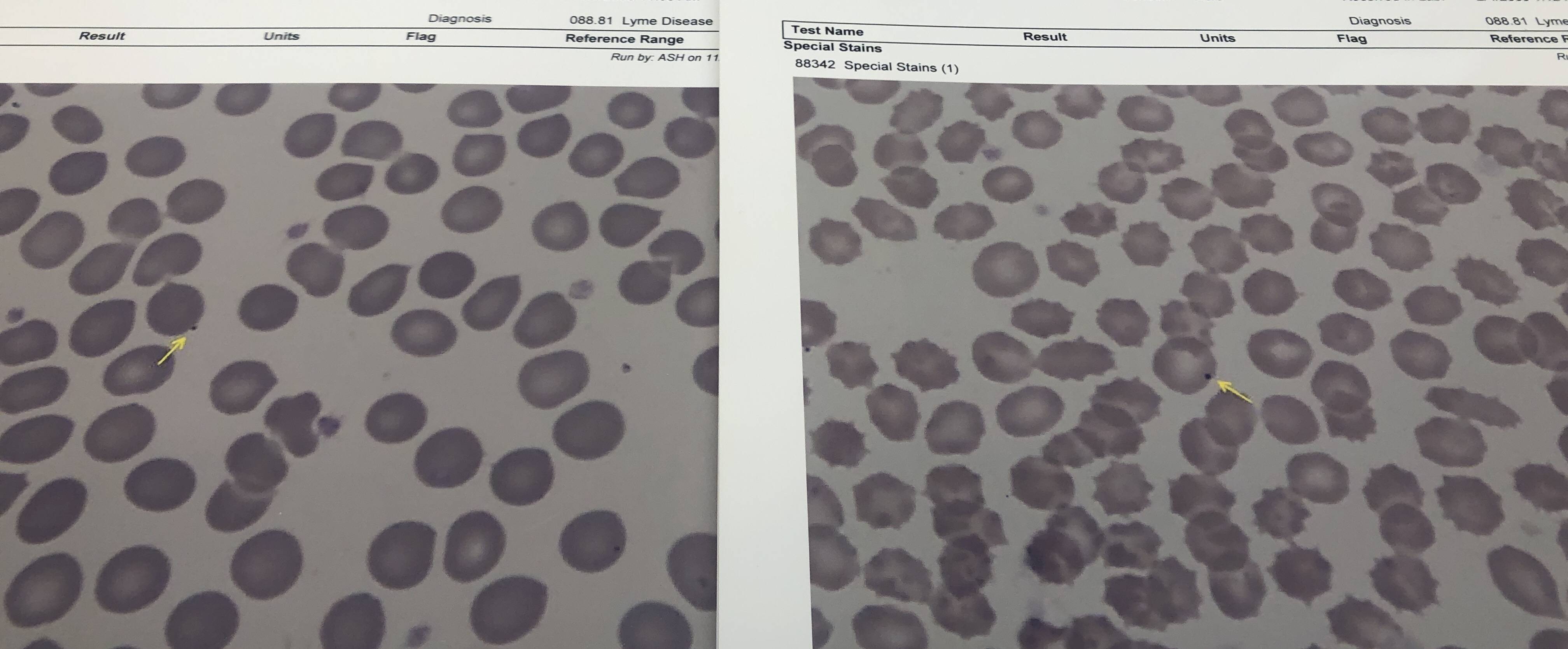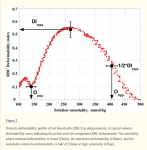wigglethemouse
Senior Member
- Messages
- 776
Full text of the paper has been published :
Red blood cell deformability is diminished in patients with Chronic Fatigue Syndrome, Davis et al
Abstract:
Red blood cell deformability is diminished in patients with Chronic Fatigue Syndrome, Davis et al
Abstract:
Here is the meat and potatoes of the paperBACKGROUND: Myalgic encephalomyelitis/Chronic Fatigue Syndrome (ME/CFS) is a poorly understood disease. Amongst others symptoms, the disease is associated with profound fatigue, cognitive dysfunction, sleep abnormalities, and other symptoms that are made worse by physical or mental exertion. While the etiology of the disease is still debated, evidence suggests oxidative damage to immune and hematological systems as one of the pathophysiological mechanisms of the disease. Since red blood cells (RBCs) are well-known scavengers of oxidative stress, and are critical in microvascular perfusion and tissue oxygenation, we hypothesized that RBC deformability is adversely affected in ME/CFS.
METHODS: We used a custom microfluidic platform and high-speed microscopy to assess the difference in deformability of RBCs obtained from ME/CFS patients and age-matched healthy controls.
RESULTS AND CONCLUSION: We observed from various measures of deformability that the RBCs isolated from ME/CFS patients were significantly stiffer than those from healthy controls. Our observations suggest that RBC transport through microcapillaries may explain, at least in part, the ME/CFS phenotype, and promises to be a novel first-pass diagnostic test.
By comparing the change in cell diameters normalized to the width of the test channel before (L1/d) and after (L2/d) entry, Fig. 1D clearly demonstrates that RBCs from ME/CFS patients deform 7-fold less compared to those from the HC.



